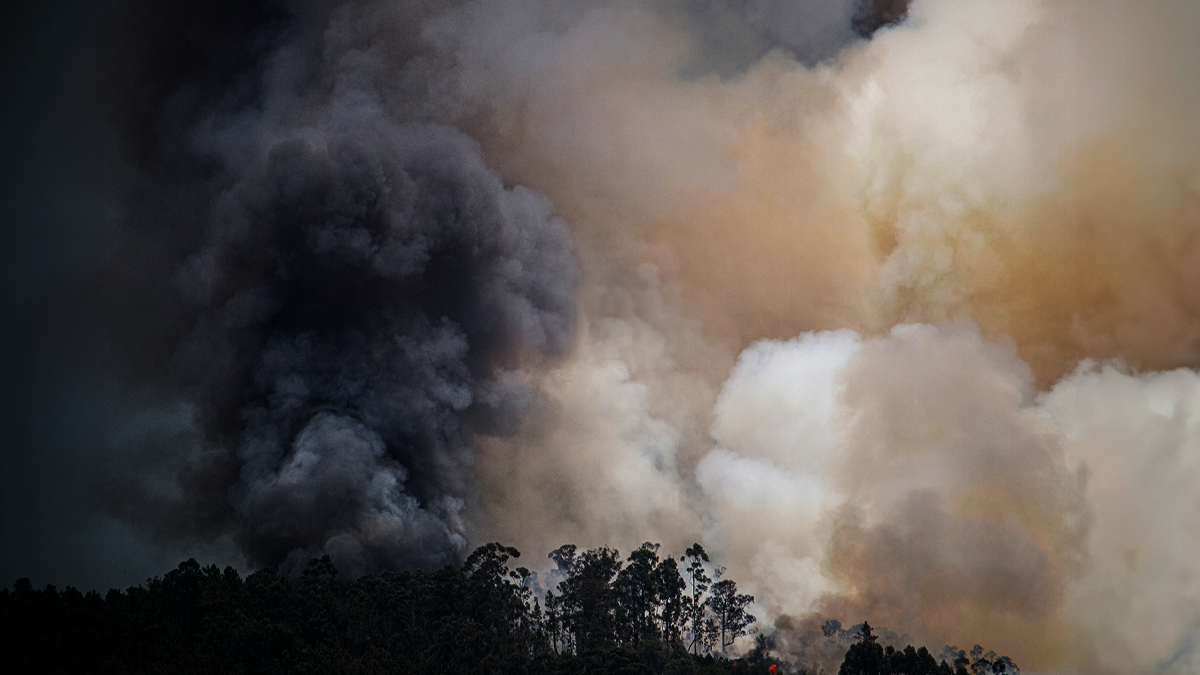The rapid advancement of technology has introduced various innovative tools and methods to address environmental emergencies effectively. One such remarkable technological advancement is the use of drones, which has revolutionized emergency response efforts. Drones offer numerous benefits in mitigating environmental emergencies by providing timely and accurate data, enhancing situational awareness, and enabling efficient and targeted interventions. This article explores how the use of drones positively impacts environmental emergencies, ensuring faster response, reduced risks, and improved environmental outcomes.
Aerial Surveillance and Data Collection:
Drones equipped with high-resolution cameras, such as drone cameras, and sensors have the ability to capture aerial images and collect crucial data in real-time, significantly aiding emergency response teams. In the case of natural disasters like wildfires, floods, or oil spills, drones can quickly assess the extent of the damage, monitor the spread, and identify critical areas that require immediate attention. This information helps emergency management personnel make informed decisions, allocate resources effectively, and prioritize response efforts, resulting in quicker and more efficient interventions.
Enhanced Situational Awareness:
During environmental emergencies, having accurate and up-to-date information about the affected areas is vital. Drones provide a bird’s-eye view of the situation, enabling emergency responders to gain a comprehensive understanding of the affected terrain, access routes, and potential hazards. With live video feeds and thermal imaging capabilities, drones can detect hidden dangers such as gas leaks, structural weaknesses, or trapped individuals in hazardous environments. This enhanced situational awareness allows responders to plan their actions more effectively, minimizing risks to themselves and the environment.
Environmental Monitoring:
Drones equipped with specialized sensors can monitor environmental parameters such as air quality, water quality, and wildlife habitats. In the event of chemical spills, drones can quickly assess the extent of contamination, map affected areas, and measure pollutant levels. This data helps environmental agencies develop appropriate response strategies, implement targeted cleanup operations, and mitigate the long-term impact on ecosystems. By facilitating real-time monitoring, drones significantly improve the efficiency and accuracy of environmental assessments, leading to more effective environmental protection measures.
Delivery of Emergency Supplies:
In remote or inaccessible areas, drones can play a crucial role in delivering emergency supplies, including food, water, medical equipment, and communication devices. This capability is particularly valuable during humanitarian crises or natural disasters when conventional transportation methods may be hindered. Drones equipped with payload systems, such as drone mobile, can reach affected populations quickly, providing essential aid and minimizing response time. This not only saves lives but also ensures that limited resources are distributed efficiently.
Risk Reduction and Responder Safety:
Environmental emergencies often pose significant risks to emergency responders, including exposure to hazardous substances, unstable structures, or extreme weather conditions. By utilizing drones for initial assessment and ongoing monitoring, response teams can minimize their exposure to potential dangers. Drones, including military drones, can enter hazardous environments, inspect structures, and assess the stability of the surroundings without endangering human lives. This risk reduction aspect enhances the safety of responders, enabling them to focus on strategic decision-making and coordinating response efforts.
The use of drones in environmental emergencies has transformed the way we respond to and mitigate crises. Drones, such as drone racing or drone jumbo, provide invaluable assistance by offering aerial surveillance, collecting real-time data, enhancing situational awareness, enabling environmental monitoring, facilitating supply delivery, and reducing risks to emergency responders. By leveraging this technology, we can ensure faster response times, targeted interventions, and improved environmental outcomes. As drone technology continues to advance, their role in mitigating environmental emergencies will become even more significant, underscoring the importance of integrating drones into emergency response frameworks worldwide.


